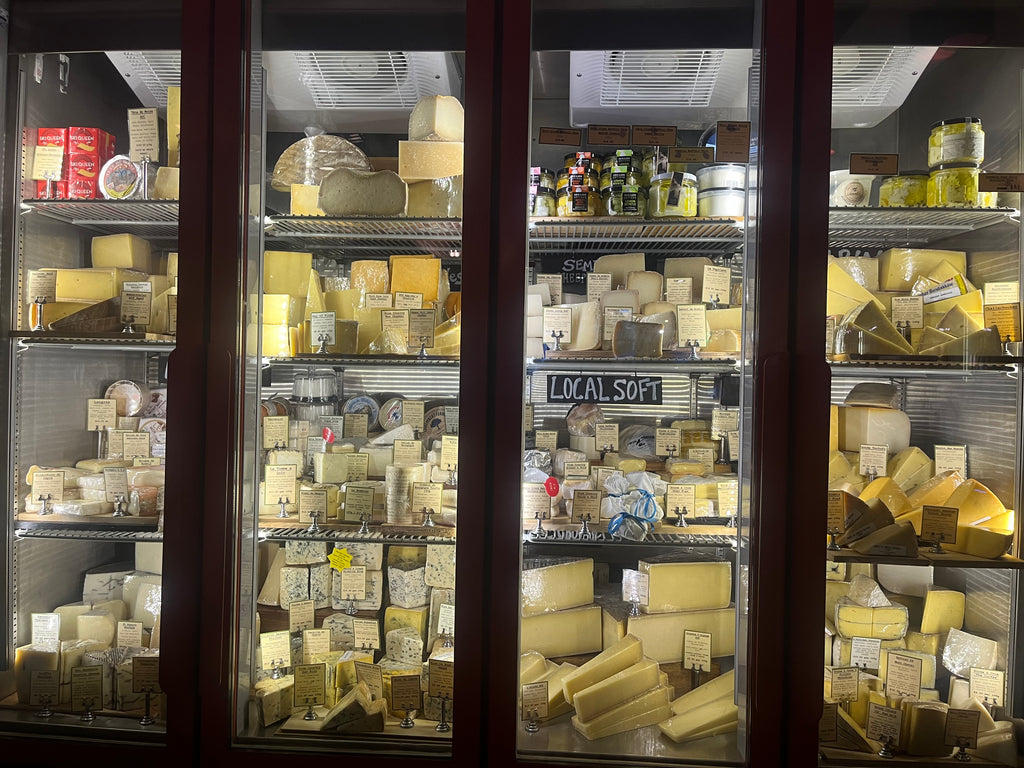A Guide To Commercial Refrigeration Temperature Settings
Posted by MY STORE ADMIN

Commercial fridges and freezers are essential for ensuring the safety and quality of the food and beverages you offer to your customers. However, improper temperature control can have a detrimental impact on your business. This guide explores the optimal temperature settings for different types of commercial fridges, ensuring maximum food safety and quality.
Why Temperature Matters:
Maintaining consistent and correct temperatures within your fridges is crucial. It directly affects food safety, quality, and shelf life. Improper temperatures can lead to:
- Bacterial Growth: Temperatures above the recommended range create a breeding ground for harmful bacteria, potentially causing foodborne illnesses.
- Spoilage: Fluctuating or excessively high temperatures accelerate spoilage, leading to wasted food and lost profits.
- Nutritional Loss: Exposure to improper temperatures can degrade the nutritional value of your ingredients.
Finding the Optimal Temperature:
The ideal temperature range for most commercial fridges lies between 1.7°C and 3.3°C. This zone inhibits bacterial growth while preventing food from freezing. Here's a breakdown of ideal temperatures for specific fridge types:
- Upright Display Fridges & Solid Door Refrigerators: These units typically store a variety of perishables and semi-perishables like meat, dairy, and beverages. A range of 2-4°C is ideal. Lower temperatures can freeze delicate items while exceeding 5°C can lead to spoilage.
- Commercial Freezers: Perfect for storing frozen meats, vegetables, and prepared meals, commercial freezers operate at -17°C or lower. This temperature effectively halts bacterial growth and extends shelf life for months. However, extended freezing can affect flavor, so striking a balance is key.
- Open Display Fridge: Reach-in refrigerators that store semi-perishable foods such as fruit, vegetables, eggs, cheeses, yogurts, cured meats, etc require a cooler range of 0°C to 4°C. This ensures proper chilling due to exposure to ambient air in the open environment.
Maintaining Ideal Temperatures:
Once you've established the optimal temperature for your specific fridge, here are some tips for consistent cooling:
- Minimize Door Openings: Frequent access allows warm air to enter, disrupting the internal temperature. Train staff to grab what they need efficiently and keep the door closed as much as possible.
- Avoid Overcrowding: Overloaded fridges obstruct air circulation, hindering proper cooling. Maintain adequate space between items for optimal airflow.
- Regular Cleaning: Maintain hygiene to ensure there is no growth of bacteria and mold that can increase the temperature inside the fridge.
- Scheduled Maintenance: Routinely inspect door seals as part of your monthly maintenance. Ensure there are no tears or holes that may allow for warm air to infiltrate the refrigeration system and increase temperature.
- Temperature Monitoring: Regularly check the temperature using a thermometer or a dedicated monitoring system. Promptly address any fluctuations to ensure food safety.
By understanding the importance of temperature control and implementing these practices, you can ensure your commercial fridges operate at peak performance. A well-maintained commercial fridge with consistent, correct temperatures is essential for safeguarding food safety, preserving food quality, reducing waste, and the overall success of your business.
Browse our blogs for more commercial refrigeration tips and resources
TAGS:
